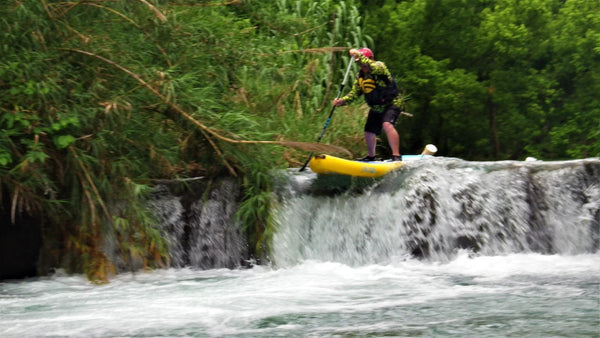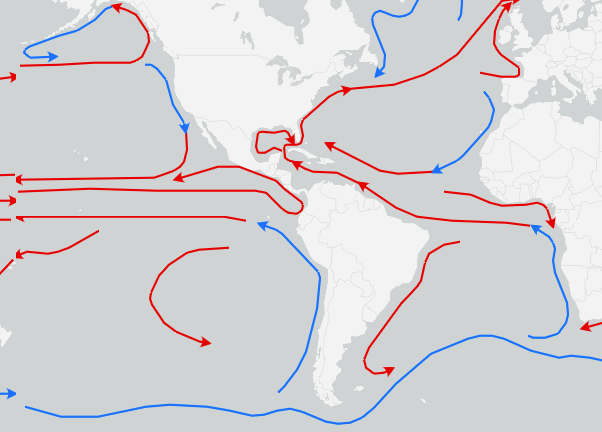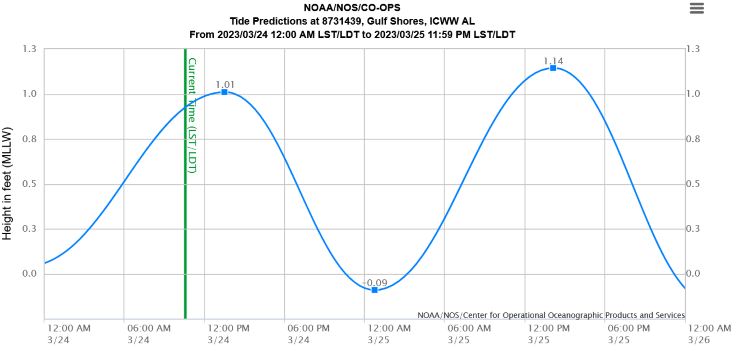
How to Paddle Board Against the Current: The Complete Guide
Paddling against the current is challenging but rewarding. This guide covers SUP techniques, safety tips, and strategies to help you master rivers and tides.
Paddling against the current is one of the biggest challenges in stand up paddleboarding — but it’s also a skill that builds strength, confidence, and control on the water. This guide covers everything you need to know: how to read tides and river flow, adjust your stance and stroke for efficiency, hug the shoreline, plan smarter routes, and stay safe in moving water. With the right techniques and preparation, paddling upstream becomes less of a struggle and more of a rewarding SUP adventure.
Table of contents
Paddling into a current can be one of the most challenging — and rewarding — parts of stand up paddle boarding. Whether you’re exploring a slow-moving river, pushing against tidal flow, or training for endurance, knowing how to work with the water (not against it) is essential.
This guide will show you how to paddleboard against the current safely and efficiently. You’ll learn how to read the water, improve your technique, conserve energy, and stay safe while building skills that will make you a stronger, more confident paddler.

Why Learning to Paddle Board Against the Current Matters
Currents are a fact of life in many SUP environments: rivers, estuaries, bays, and coastal inlets all have moving water. Being able to paddle against them opens up:
-
Access to more locations — you’re not limited to calm lakes.
-
A better workout — paddling against resistance builds strength and cardio fitness.
-
Safety and control — knowing how to handle currents keeps you out of trouble if conditions shift.
Instead of avoiding moving water, you’ll learn to treat it as a challenge you can manage.
Step 1: Understand the Current 🌊
Before you even put your board in the water, take time to evaluate the environment. Different types of currents require different strategies.
-
Check river flow rates: If you’re on a river, look at USGS stream gauges or local flow reports. Anything above 2–3 mph can be tough for beginners.
-
Know the tides: In coastal areas, currents are strongest during tidal changes. Paddle during slack tide — the brief window at high or low tide when water movement is minimal.
-
Read the surface: Look for ripples, swirls, and floating debris. These clues reveal both speed and direction of the current.
-
Watch boat traffic: If boats are drifting without power, note how fast they’re moving — that’s the current you’ll be paddling against.
Step 2: Use the Right Technique 💪
Fighting the current with brute force will only exhaust you. The key is efficiency and control.
1. Lower Your Stance
Bend your knees slightly and drop your center of gravity. This improves stability and lets you generate more power from your legs and core.
2. Short, Quick Strokes
Avoid long, sweeping strokes — they waste energy. Instead, use short, powerful strokes that keep you moving steadily forward.
3. Keep the Paddle Vertical
Plant the paddle close to your board’s rail and keep it vertical. This maximizes forward drive while minimizing side-to-side wobble.
4. Engage Your Core
Think of your arms as guides, not engines. Your power should come from rotating your torso and using your larger back and core muscles.
Step 3: Hug the Shoreline 🏞️
Currents are strongest in the center of rivers or tidal channels. By staying closer to the shore, you’ll often find slower-moving water or even current “shadows” created by obstacles like docks, rocks, or overhanging trees.
This trick not only makes progress easier — it also gives you rest spots if you need to pause and catch your breath.

Step 4: Break Up the Journey
When paddling against the flow, progress can feel painfully slow. To avoid frustration:
-
Pick landmarks — aim for a dock, buoy, or tree on shore.
-
Set small goals — focus on reaching the next marker rather than the whole route.
-
Celebrate progress — even a few yards forward means your technique is working.
Step 5: Plan for Safety
Currents can be unpredictable, so safety always comes first.
-
Wear a leash and PFD — these are non-negotiable in moving water.
-
Avoid strainers — downed trees and submerged branches can trap boards and paddlers.
-
Know your limits — if the current is too strong, turn back and find another route.
-
Scout first — walk along the shoreline or observe from a bridge before committing.

Step 6: Make It a One-Way Trip
Here’s a pro tip: plan your paddle so you head into the current first, then ride it back to your launch point. That way, you’re freshest when tackling the hardest part — and you finish with an easy glide home.
Step 7: Practice in Mild Conditions
Just like learning to paddle in wind or waves, current-handling is a skill you build gradually. Start with gentle flows, practice short sprints against them, and experiment with edging and turning. Over time, your confidence will grow — and so will your endurance.
Eco Reminder: Paddle Responsibly 🌱
Moving water environments are often fragile ecosystems. As you build your current-paddling skills:
-
Launch from durable surfaces, not delicate riverbanks.
-
Avoid trampling spawning beds or bird nesting areas.
-
Pick up trash as you go, or better yet, bring a small bag for clean-ups.
Frequently Asked Questions (FAQs)
Is it harder to paddleboard on a river than on a lake?
Yes. Lakes are calm and predictable, while rivers have currents, obstacles, and changing conditions. Start small before tackling stronger flows.
How fast is too fast for a current?
Beginners should stick to currents under 2 mph. Anything above 3 mph requires advanced technique and strong endurance.
What board is best for paddling against the current?
A stable all-around or touring inflatable SUP with good tracking is ideal. Longer boards (11–12 feet) glide better, making progress against current easier.
Should I paddle upstream or downstream first?
Always paddle upstream (against the current) first. That way, you’ll have the current helping you on the way back.
What if I get stuck and can’t make progress?
Angle toward the shore, get into an eddy or slow-water area, and rest. Don’t fight head-on if you’re too fatigued.
Final Thoughts: Turn Resistance Into Strength
Learning how to paddle board against the current doesn’t have to feel like a losing battle. With the right technique, smart planning, and an eco-conscious mindset, you can turn resistance into an incredible workout and a skill that makes you a stronger, safer paddler.
Next time you face moving water, remember: it’s not about muscling through — it’s about working with the river, the tide, and the rhythm of the water beneath your board.
👉 Ready to test your skills? Check out Glide’s touring paddle boards
— designed for glide, efficiency, and stability in every condition.





